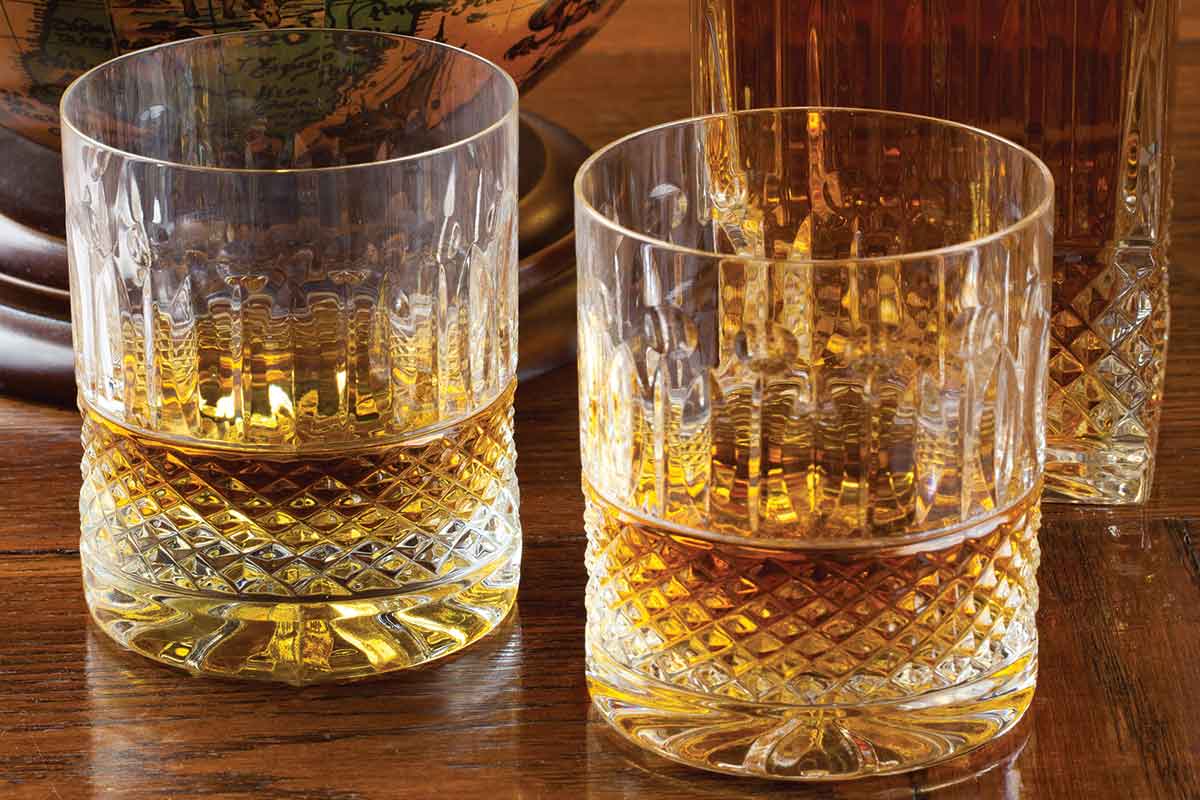For many imbibers, single malt whisky is synonymous with Scotch whisky. That overlooks a few key points, though. Namely that single malt whisky can be made anywhere in the world. From historical neighboring producers such as Bushmills in Northern Ireland, to the storied single malts being made by producers in Japan, and yes, the burgeoning scene right here in the United States.
Consider this: not only does blended Scotch whisky far outsell single malt Scotch whisky — doing away with the notion that it’s all about the single malt in Scotland — but there are more active distilleries producing American single malt whiskey than there are producing single malt Scotch whisky. That is fact, not hyperbole.
No, stateside single malt producers will never compete with the history and tradition of single malt Scotch whisky. Nor will any individual American brand reach the apex of distilleries such as Glenfiddich, Glenlivet or Macallan. You could go down that list with a few dozen others and still be correct. Not in our lifetime, anyway. But if you’ve been ignoring American single malt, you’ve been doing so at your own peril. Therefore, it’s worth looking at the differences between the categories to see where things stand today.
Defining Single Malt Scotch Whisky
Single malt Scotch whisky must be made entirely in Scotland, with nothing but malted barley, water and yeast. It must be pot distilled, though there’s no mandate that it must be double distilled. This allows for outliers, like those that follow a triple distillation program.
Production of a single malt must be handled at a single distillery, and several category-wide standards for Scotch whisky on the whole must also be met. Most importantly, Scotch whisky must be aged for a minimum of three years in oak casks not exceeding 700 liters in size. Caramel coloring is allowed, minimum bottling strength is 40% ABV, and maximum distillation strength is 94.8% ABV.
The latter rule doesn’t really factor into play for single malts, though. As pot distillation is mandated for single malt Scotch whisky, any spirit produced won’t approach that purity point even if you wanted it to. Therefore, the stipulation actually concerns the production of column distilled Scotch grain whisky.
Does American Single Malt Whiskey Have a Definition?
The short answer is no, it doesn’t, but that may finally change soon.
The TTB — the Alcohol and Tobacco Tax & Trade Bureau — is expecting to issue a ruling on the standard definition for American single malt whiskey this December. This is the culmination of a five-year effort which began with a summit of American single malt-producing distilleries in 2016. The meeting led to the creation of the American Single Malt Whiskey Commission, a group which now has over 170 distilleries signed on. All of them have agreed to a basic set of standards, which more or less mimics the basics of single malt Scotch whisky.
The category as the commission defines it is:
-Made from 100% malted barley;
-Distilled at one distillery;
-Produced entirely in the U.S.;
-Matured in oak casks not exceeding 700 liters;
-Bottled at a minimum of 40% ABV.
Sounds a lot like single malt Scotch whisky, barring the country of origin, right? There are a few differences, though. The commission hasn’t set a minimum aging duration. Bourbon doesn’t have a minimum either, for that matter, so this fits with the guidelines of other American whiskeys. Similarly, maximum distillation proof is 80% ABV, also matching other American whiskey standards.
The proposed guidelines don’t specify the type of distillation equipment which may be used, either. This makes sense given the abundance of hybrid pot stills in the U.S. and assorted other craft-sized distilling equipment. Another point not mentioned by the commission is the standard maximum barrel entry proof of 62.5% ABV for most American whiskey, which you can expect to be applied to any official category.
Of course, this is what the producers within the American Single Malt Whiskey Commission have advocated for. But that doesn’t mean the TTB is going to follow those specs. After the TTB releases its initial ruling, a 60-day commenting period will allow for feedback from producers and other groups. Afterwards it’s back to the drawing board for potential revisions.
Don’t expect a resolution in December, then. The final, final word might not come until late into 2022, or even 2023. The good news though is that at long last, an official American single malt whiskey category does appear to be on the horizon.
Time to try your own single malt Scotch whisky vs American single malt comparisons.
With Distiller, you’ll always know what’s in the bottle before you spend a cent. Rate, Review, and Discover spirits. Head on over to Distiller, or download the app for iOS and Android today!
Want to enjoy Distiller ad-free? Join Distiller Pro today to support the Distiller platform and keep ads off of your screen.


